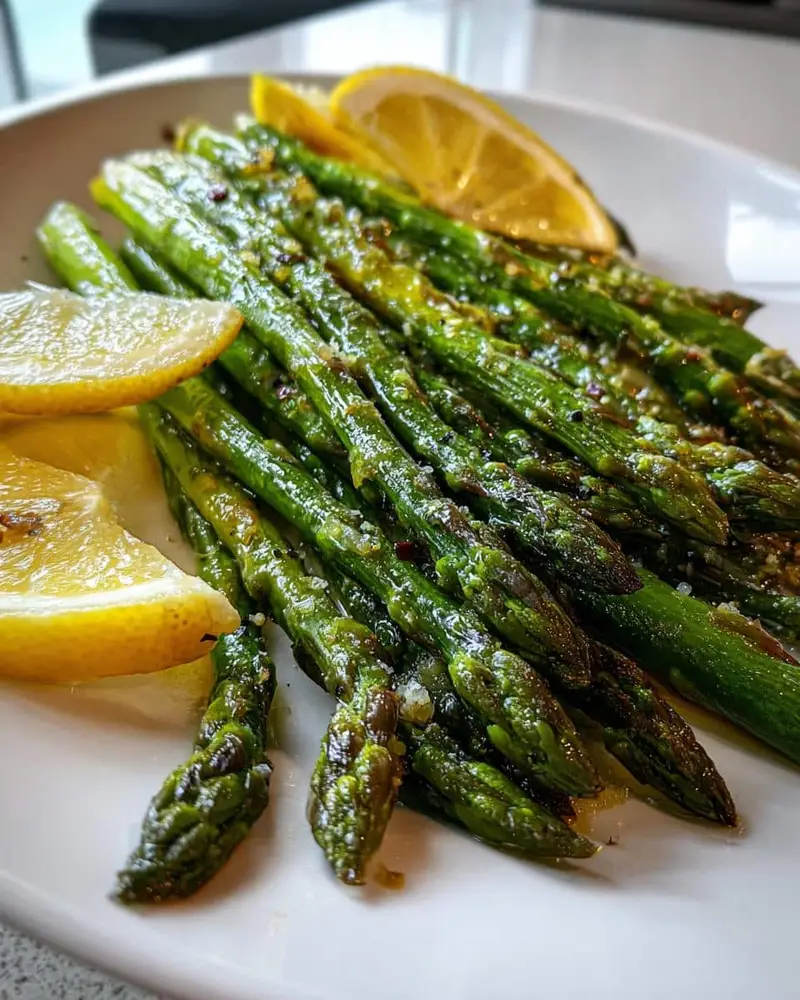Embarking on the journey of baking croissant bread at home is akin to unlocking a treasure chest of culinary delights. This article is your map to that treasure, guiding you through the intricacies of creating a masterpiece that’s as flaky, buttery, and delightful as the ones found in the best French boulangeries. From the essential ingredients and tools to the meticulous process of lamination and baking, we’ll cover everything you need to know. Plus, we’ll answer those burning questions you might have along the way. So, roll up your sleeves, and let’s dive into the art of making croissant bread, ensuring your kitchen is soon filled with the irresistible aroma of freshly baked goodness.
Part 1: Introduction to Croissant Bread
What is Croissant Bread?
Imagine, if you will, the croissant: a symbol of French culinary artistry, known for its flaky layers and buttery richness. Now, picture this delight in the form of a loaf, and voilà, you have croissant bread. This marvel combines the best of both worlds: the intricate layers of a croissant with the hearty, sliceable form of bread. It’s a fusion that promises to elevate your breakfasts, brunches, and, let’s be honest, those sneaky midnight snacks.
The Joy of Baking Croissant Bread at Home
Now, you might think, “Surely, such a feat is only for the skilled baker?” But here’s the twist: while it does require patience and a bit of elbow grease, baking croissant bread at home is an incredibly rewarding experience. Not only does it fill your home with the most heavenly aroma, but it also offers a sense of accomplishment that’s hard to beat. Plus, it’s a fantastic way to impress your friends and family with your baking prowess.
So, whether you’re a seasoned baker or a curious novice, the journey to making your own croissant bread starts here. With a dash of patience, a sprinkle of love, and this guide by your side, you’re well on your way to creating a loaf that’s nothing short of spectacular. Let’s get baking!
Part 2: Ingredients and Tools Required
Ingredients
- In the section “Ingredients and Tools Required”, when discussing the importance of high-quality ingredients, you could link to the “Chocolate Olive Oil Cake” article. This could be embedded in the sentence discussing the choice of flour or butter, for example:
- “Choosing high-quality ingredients is like choosing the best paint for your canvas; it can make all the difference in the final masterpiece, much like in our Chocolate Olive Oil Cake recipe.”
Diving into the world of baking croissant bread, the first step is to gather your ingredients. You’ll need:
- Flour: The backbone of your loaf, providing structure and softness.
- Butter: For those irresistible, flaky layers that croissants are famous for.
- Salt: A pinch to enhance all the flavors.
- Yeast: The magical ingredient that makes the dough rise and become airy.
- Milk: Adds moisture and richness to the dough.
- Sugar: A touch of sweetness to complement the buttery taste.
- Egg: For the golden, shiny finish on top of your bread.
Choosing high-quality ingredients is like choosing the best paint for your canvas; it can make all the difference in the final masterpiece.
Tools and Equipment
- In the section “Ingredients and Tools Required”, when discussing the importance of high-quality ingredients, you could link to the “Chocolate Olive Oil Cake” article. This could be embedded in the sentence discussing the choice of flour or butter, for example:
- “Choosing high-quality ingredients is like choosing the best paint for your canvas; it can make all the difference in the final masterpiece, much like in our Chocolate Olive Oil Cake recipe.”
Next, let’s talk about the tools you’ll need. While you don’t need a kitchen full of professional baking equipment, a few key items will make the process smoother:
- A sturdy rolling pin, to evenly roll out your dough.
- A large mixing bowl, for combining your ingredients.
- A dough scraper, handy for handling and cutting the dough.
- A loaf pan, to shape and bake your bread.
- A pastry brush, for that beautiful egg wash finish.
For those looking to ensure their baking success, checking out resources like King Arthur Flour’s Guide to Flours can provide valuable insights into choosing the right flour for your croissant bread.
With your ingredients and tools at the ready, you’re all set to embark on the baking adventure. Remember, the quality of your ingredients and the reliability of your tools can turn the baking process from a chore into a delightful dance. So, gather your equipment, don your apron, and let’s move on to the heart of croissant bread making: the recipe process.
Part 3: The Recipe Process
Preparing the Dough
The adventure begins with mixing your dough. Start by whisking together the warm milk, yeast, and a spoonful of sugar in your mixing bowl. This mixture should sit until it’s frothy—a sign that the yeast is alive and kicking. Next, add in the flour, the rest of the sugar, softened butter, and salt. Mix until you’ve got a soft, cohesive dough. It might be a tad sticky, but that’s perfectly fine at this stage.
Kneading is next on the agenda. Whether you’re doing it by hand on a floured surface or in a mixer with a dough hook, this process develops the gluten in the flour, giving your bread structure and elasticity. After about 5 to 10 minutes of kneading, your dough should be smooth, elastic, and slightly tacky to the touch.
First Rise
Now, it’s time for the dough to take its first nap. Place it in a lightly oiled bowl, cover it with a clean kitchen towel, and let it rise in a warm spot. This is where the magic happens: the dough will slowly double in size, becoming puffy and full of air. This process can take anywhere from 1 to 2 hours, depending on the warmth of your environment. Patience is key here; let the yeast do its work.
Laminating the Dough
Lamination is what turns ordinary bread dough into the flaky, buttery marvel that is croissant bread. Start by rolling out your dough into a large rectangle. Then, distribute slices of cold butter over the dough, fold it over, and roll it out again. This process, repeated several times, creates those coveted layers of dough and butter.
Remember, keeping everything cold is crucial during lamination. If the butter starts to melt, pop the dough back into the fridge for a bit. The goal is to maintain distinct layers of butter and dough, as it’s the steam from the melting butter in the oven that creates the croissant bread’s signature flakiness.
After the final fold, let the dough rest in the fridge once more. This chilling period allows the gluten in the dough to relax, making it easier to shape your loaf.
Second Rise
Once your dough is laminated and shaped into a loaf, it’s time for the second rise. This rise is shorter than the first, but just as important. As the dough rises, it fills out the loaf pan, becoming even puffier. This is also when the final texture and crumb of your bread are determined.
After about 45 minutes to an hour, your loaf should be ready for the oven. It will have risen above the edge of the pan, looking plump and ready to bake.
With the dough prepared, laminated, and risen, you’re on the cusp of baking greatness. The aroma of baking bread is just a preheat away, so let’s get that oven ready and move on to the next exciting phase: baking and finishing touches.
Part 4: Baking and Finishing Touches

Shaping the Croissant Bread
Before your dough makes its grand entrance into the oven, let’s ensure it’s dressed for success. After the second rise, gently deflate the dough and turn it out onto a lightly floured surface. Now, roll it out into a rectangle again, but this time, you’re aiming for a shape that can be tightly rolled up, jelly-roll style. This rolling technique is crucial as it forms the distinctive swirls and layers inside the loaf, mirroring the classic croissant’s architecture.
Once rolled, slice the log into even pieces if desired, or keep it whole, depending on your preference or the specific instructions of your recipe. Place these into your prepared loaf pan, ensuring they fit snugly together. This is where the magic of the final rise happens, filling out the pan and setting the stage for an epic bake.
Baking the Croissant Bread
With your oven preheated to the golden temperature of 350°F (177°C), it’s showtime. Carefully place your loaf pan in the center of the oven and let the heat work its alchemy. This baking process is not just about turning dough into bread; it’s about transforming simple ingredients into a flaky, golden masterpiece.
Halfway through baking, you might notice the top getting a bit too enthusiastic in its browning. Fear not, a piece of aluminum foil tented over the top will protect it from the harsher elements of your oven, ensuring an even bake throughout.
After about 25 to 30 minutes, your kitchen will be filled with the kind of aroma that songs are written about. But patience, dear baker, for the true test of doneness is not in the scent, but in the temperature. An instant-read thermometer plunged into the heart of your loaf should read around 190°F to 200°F (88°C to 93°C), signaling that it’s time to take your creation out of the oven.
Cooling and Serving
The final act in this baking drama is the cooling. Resist the siren call of warm bread just a bit longer and let your loaf cool in the pan for about 10-15 minutes. Then, transfer it to a wire rack to cool completely. This cooling period sets the crumb and makes slicing much easier (and your slices much prettier).
Now, the moment of truth: slicing into your croissant bread. Each slice reveals the layers and effort you’ve put into this loaf, a true testament to the art of baking. Serve it toasted with a smear of jam, as the base for an extravagant sandwich, or simply enjoy it as is, basking in the glory of your baking prowess.
From the careful preparation of the dough to the final, cooling moments before the first slice, each step in creating croissant bread is a testament to the beauty of baking. With your loaf now cooling and your kitchen smelling like a Parisian bakery, you’ve not just baked; you’ve created magic. Now, onto the next adventure: answering those lingering questions you might have about this process.
Part 5: FAQs
Baking croissant bread is a journey filled with moments of joy, anticipation, and sometimes, a sprinkle of confusion. To ease your path and ensure your baking adventure is as smooth as a well-laminated dough, let’s tackle some of the most frequently asked questions.
Can I use all-purpose flour instead of bread flour?
Absolutely! While bread flour has a higher protein content, giving the bread a slightly more chewy texture, all-purpose flour is a perfectly fine substitute. It will still yield a deliciously tender and flaky loaf. The key is in the handling and lamination of the dough, not just the flour type.
How do I know if my dough is properly laminated?
Proper lamination is the secret behind those beautiful, buttery layers. You’ll know your dough is well-laminated if, after rolling and folding, it’s smooth, elastic, and you can see thin, distinct layers starting to form. Don’t worry if it’s not perfect; even slightly imperfect lamination will result in a deliciously layered croissant bread.
Can I make the dough ahead of time?
Yes, indeed! Making the dough ahead of time can actually break up the process and make it more manageable. After the initial mixing and kneading, you can let the dough rest in the fridge overnight for its first rise. Just make sure to cover it tightly to prevent it from drying out. This slow rise can also enhance the flavor of your bread.
What can I do if my bread isn’t as flaky as I’d like?
If your croissant bread isn’t as flaky as you hoped, it might be due to the butter melting into the dough during lamination or before baking. To avoid this, ensure your butter is cold and your kitchen isn’t too warm during the lamination process. Also, chilling the laminated dough before the final shaping and second rise helps keep those butter layers intact, leading to a flakier loaf.
With these questions answered, you’re now armed with the knowledge to tackle any challenges that come your way in the quest for the perfect croissant bread. Remember, baking is as much about the journey as it is about the destination. Each loaf is a learning opportunity, bringing you one step closer to mastering the art of croissant bread. Now, let’s move on to enriching our baking lexicon with a sprinkle of LSI and NLP keywords.
Part 6: LSI and NLP Keywords
In the realm of baking, especially when crafting something as intricate as croissant bread, the language we use is just as layered as the dough itself. To enhance the richness of our article and ensure it resonates with both search engines and human readers alike, let’s knead in some Latent Semantic Indexing (LSI) and Natural Language Processing (NLP) keywords. These terms not only season our content with variety but also help paint a more vivid picture of the croissant bread-making process.
- Laminated pastry: The heart of croissant bread, where butter is folded into the dough multiple times to create those heavenly layers.
- Buttery layers: The hallmark of a great croissant bread, offering a melt-in-your-mouth texture that’s both crisp and tender.
- Homemade croissants: A nod to the artisanal skill and personal touch that elevate the baking experience.
- Flaky crust: The golden, crispy exterior that encases the soft, airy interior of the bread.
- Yeast dough: The foundation of croissant bread, which, thanks to yeast, rises and transforms into a fluffy loaf.
- Baking prowess: A term that celebrates the skill and creativity bakers bring to their craft.
- Culinary artistry: Reflecting the blend of science and art in baking, especially in creating something as delicate as croissant bread.
- Pastry layers: Each roll and fold of the dough contributes to the multitude of layers that define croissant bread.
- Golden sheen: The result of a well-applied egg wash before baking, giving the bread its inviting, glossy finish.
- Artisan bread: Emphasizing the quality, care, and traditional techniques that go into making croissant bread.
Incorporating these terms not only spices up our narrative but also ensures that anyone searching for insights into baking croissant bread, or the wonders of laminated dough, can easily find and relish this guide.



